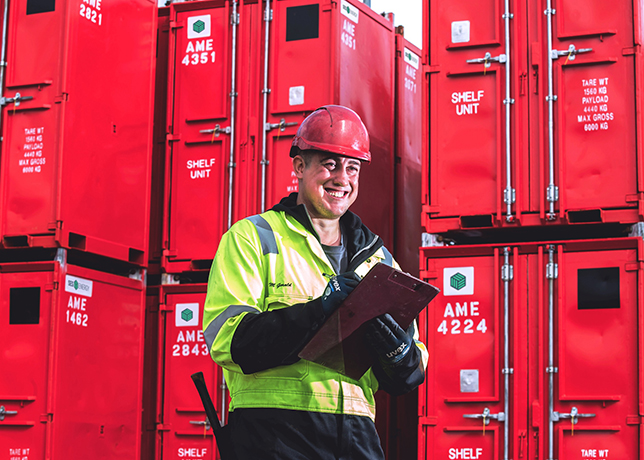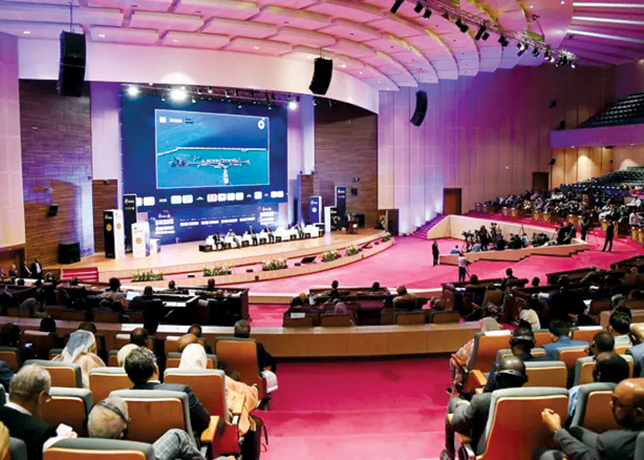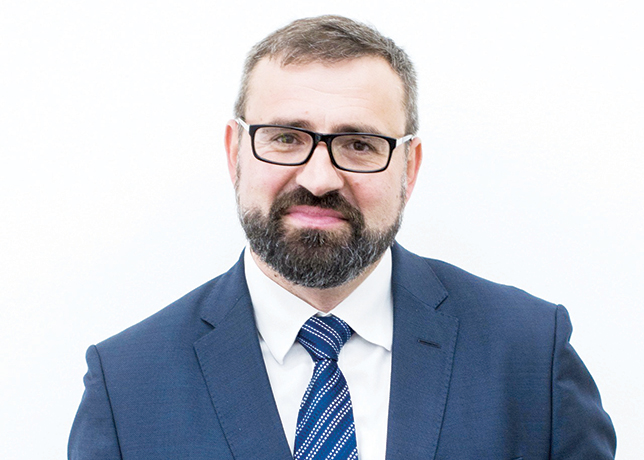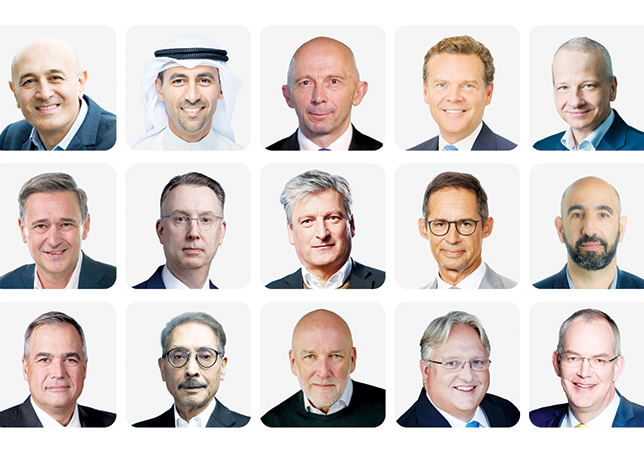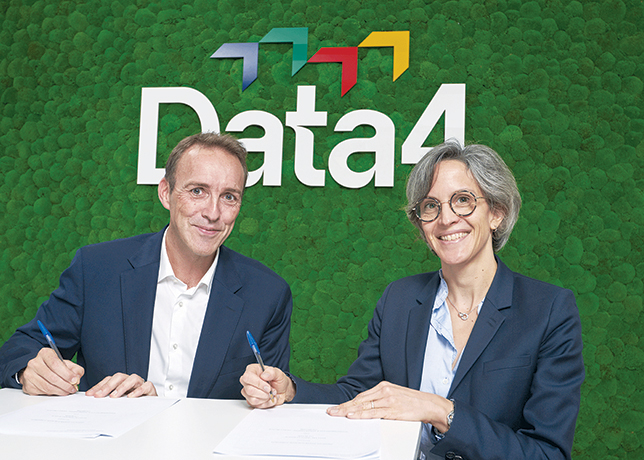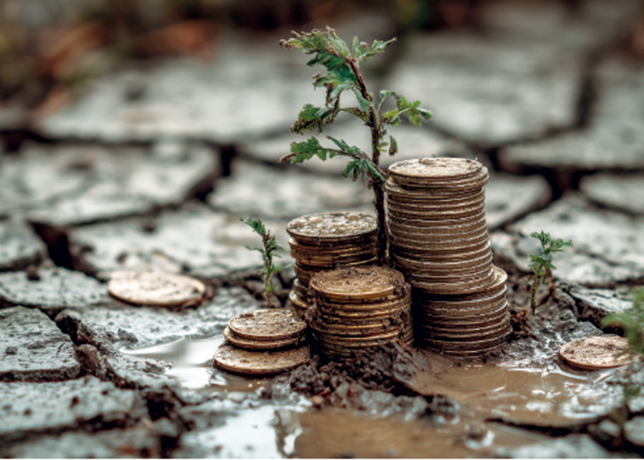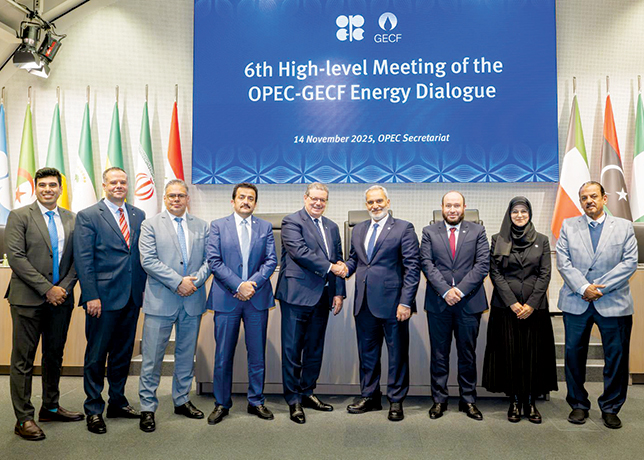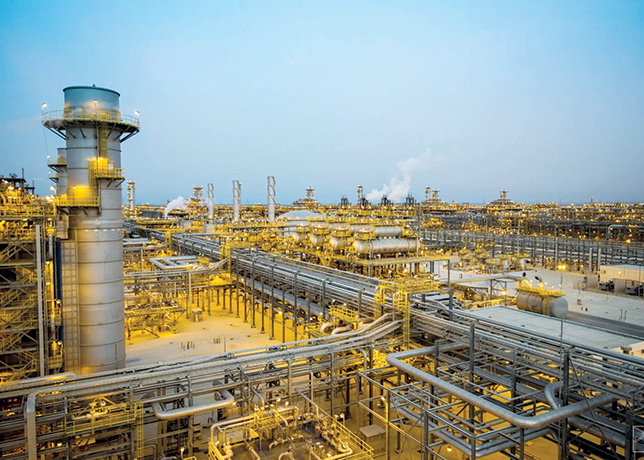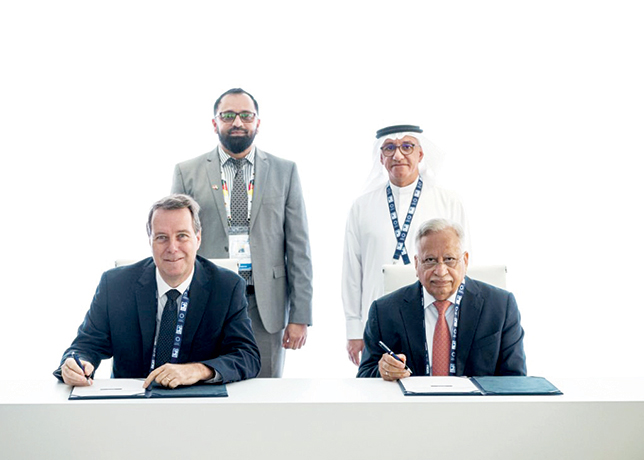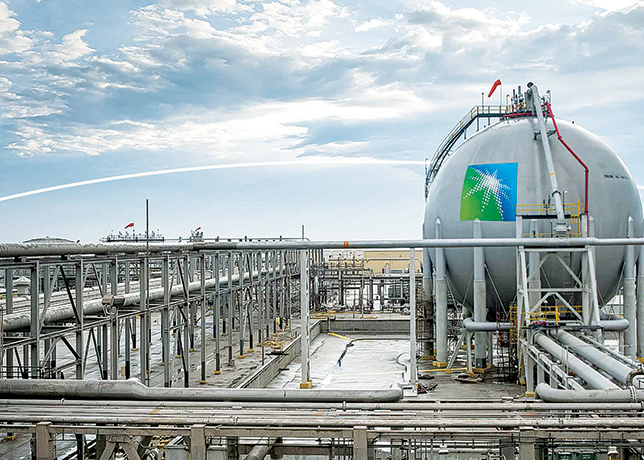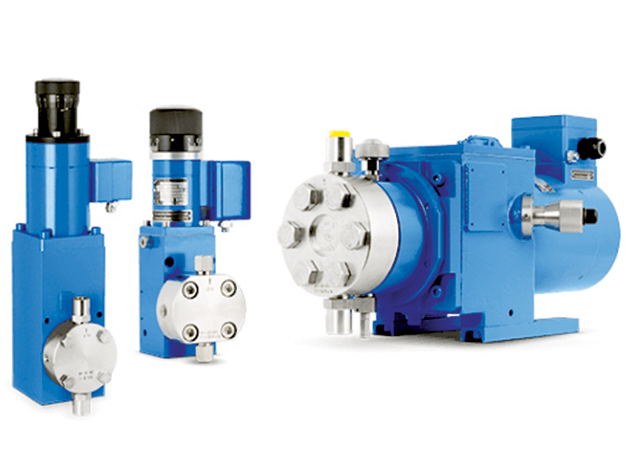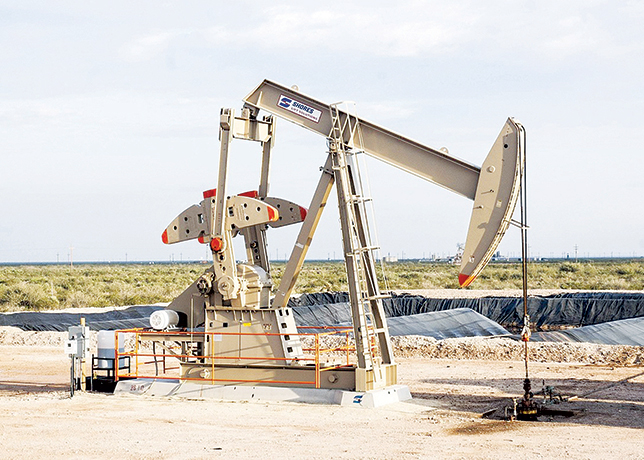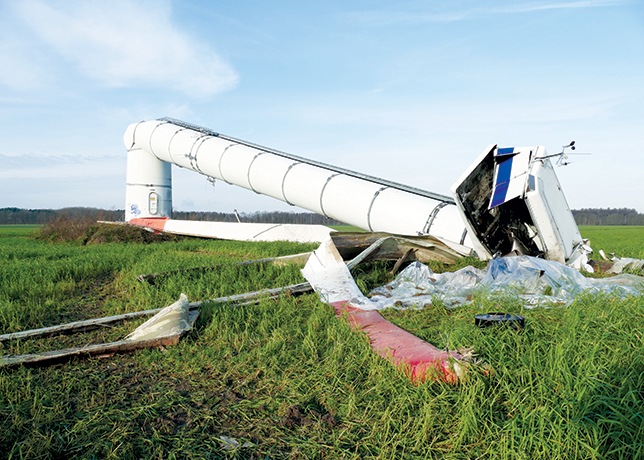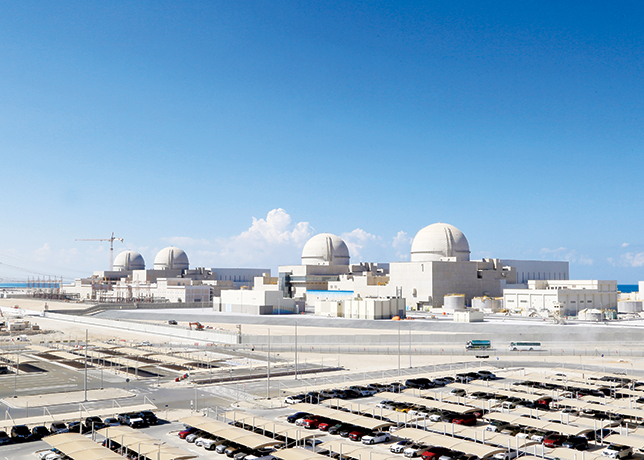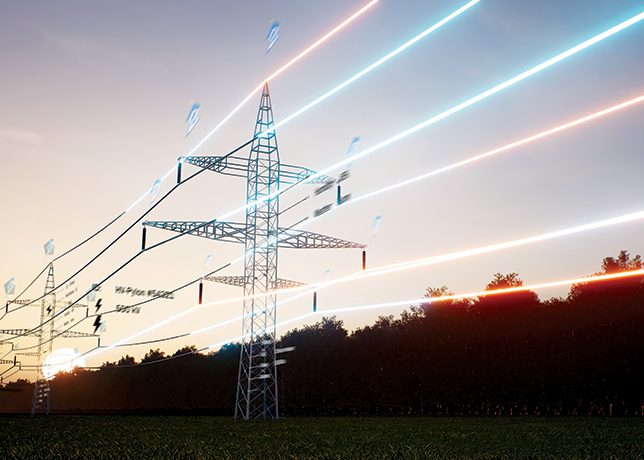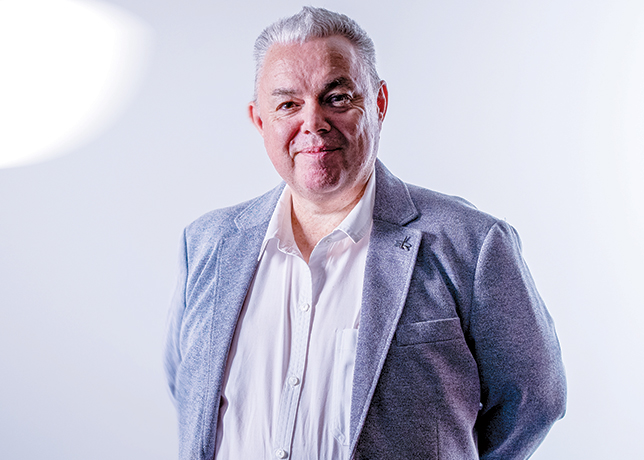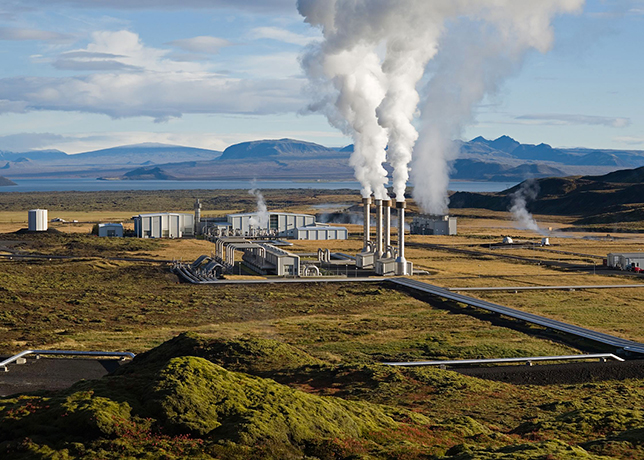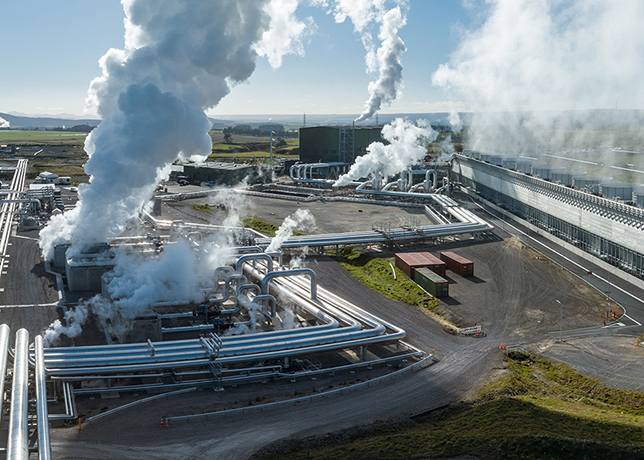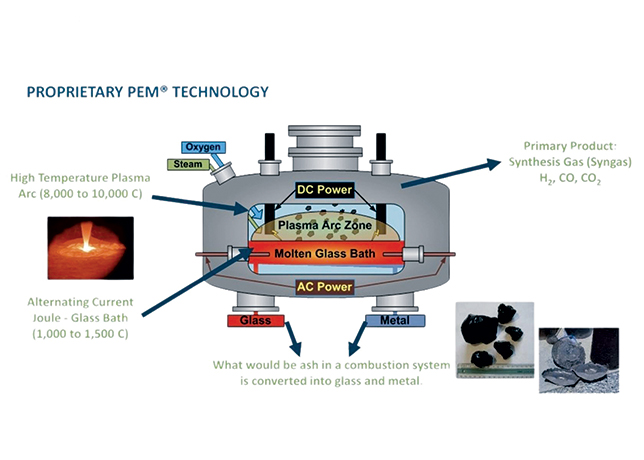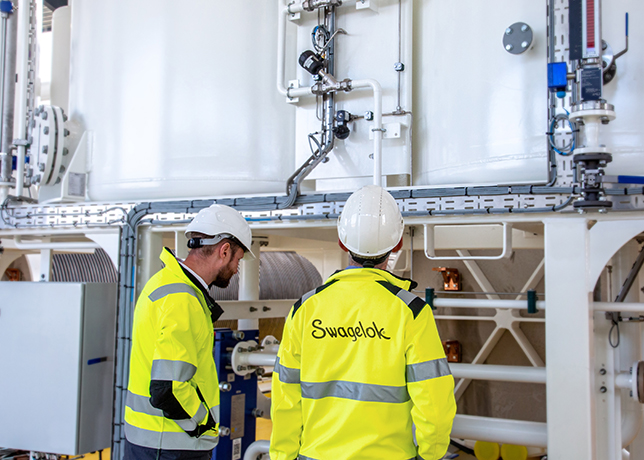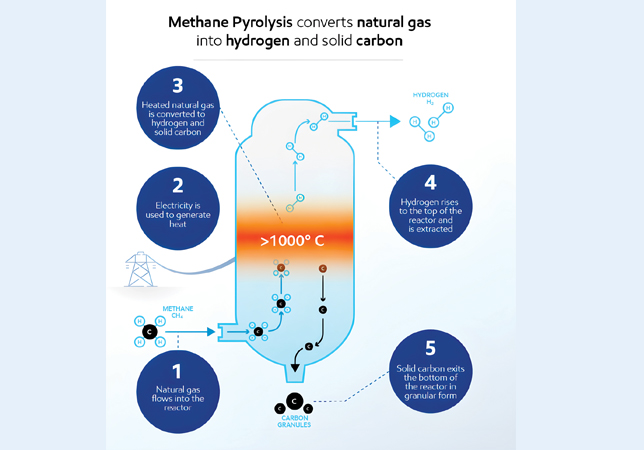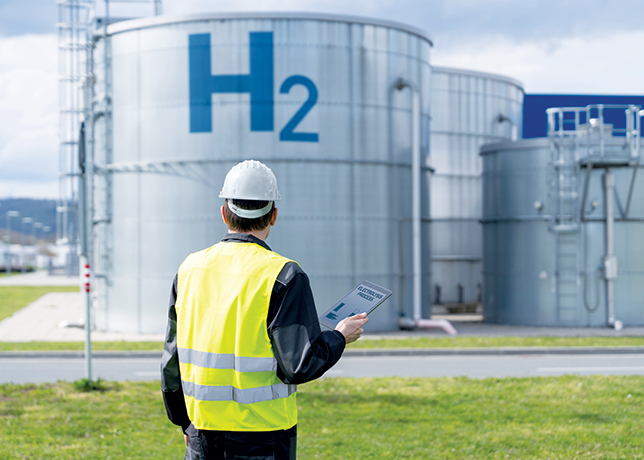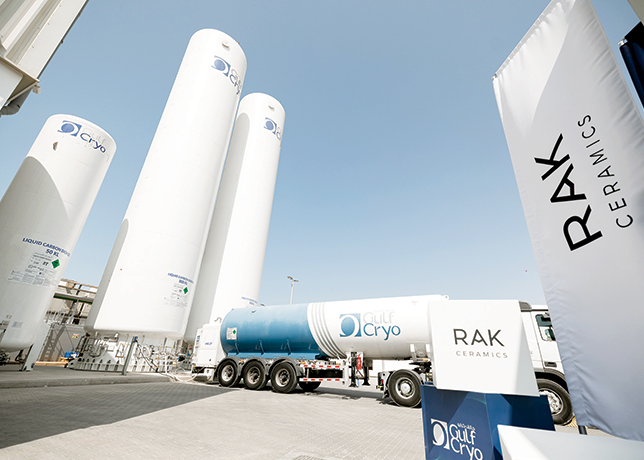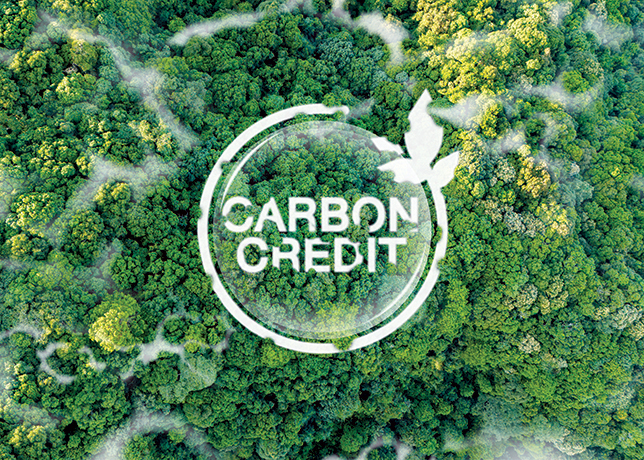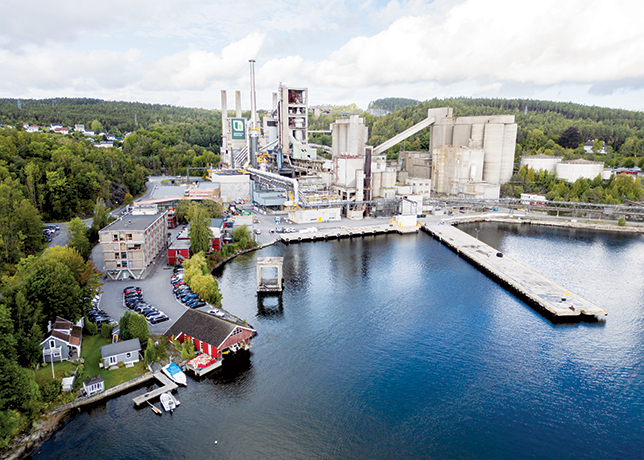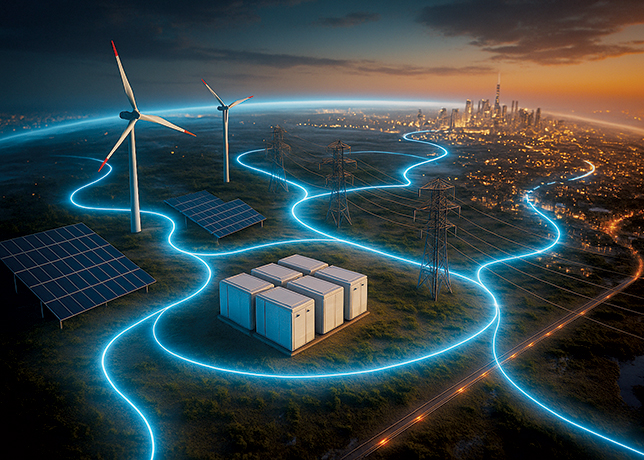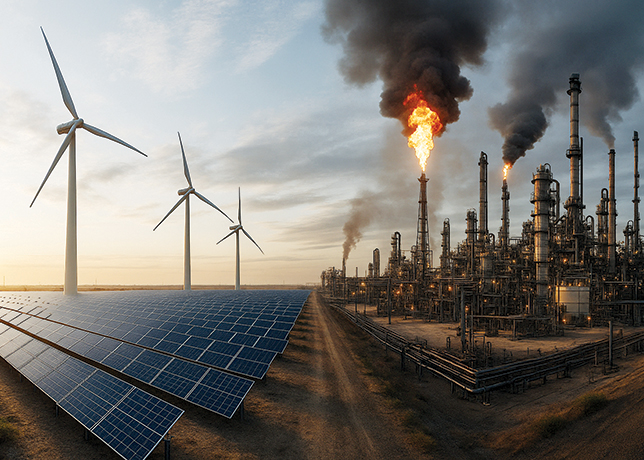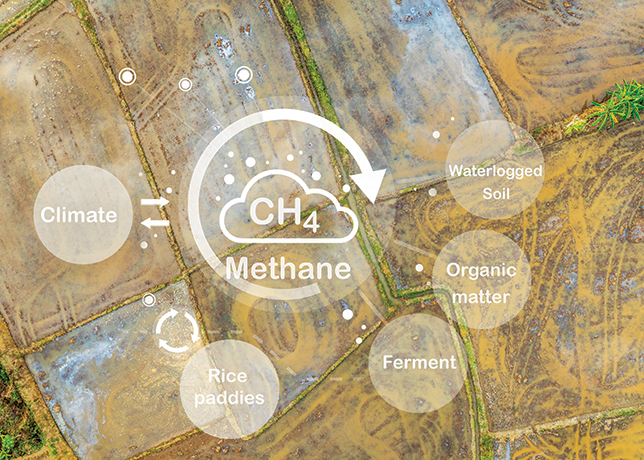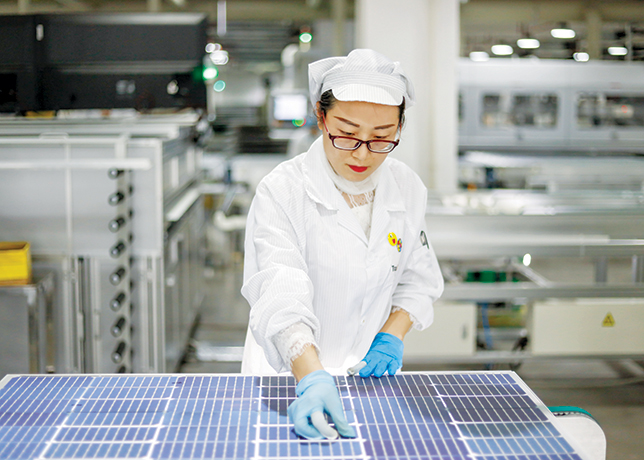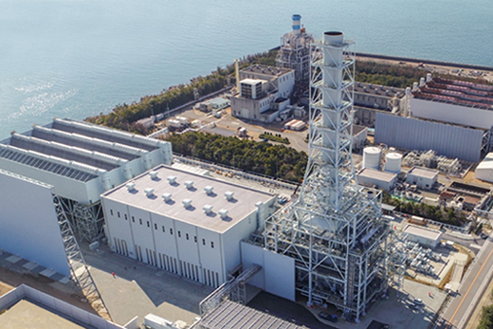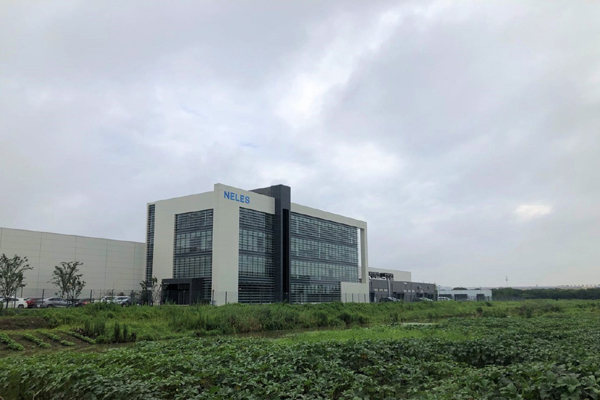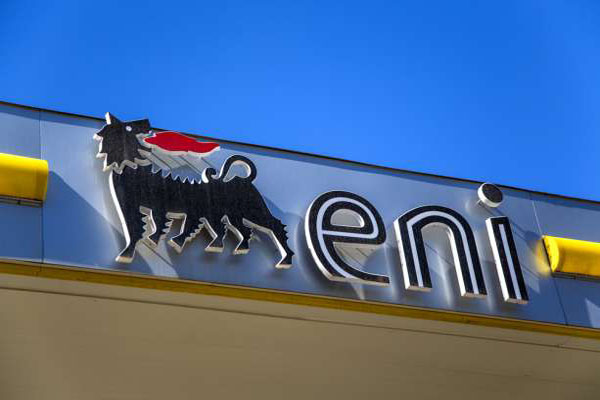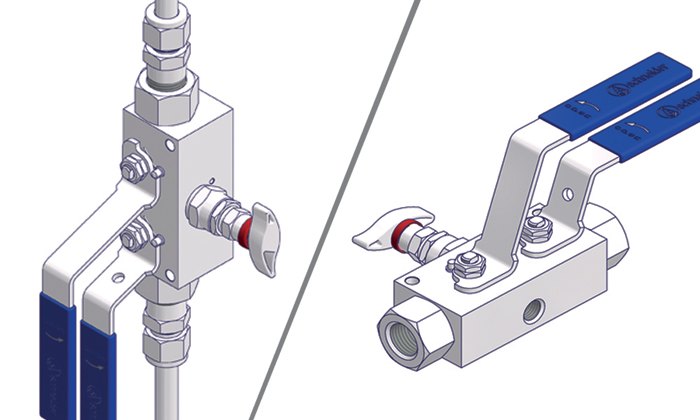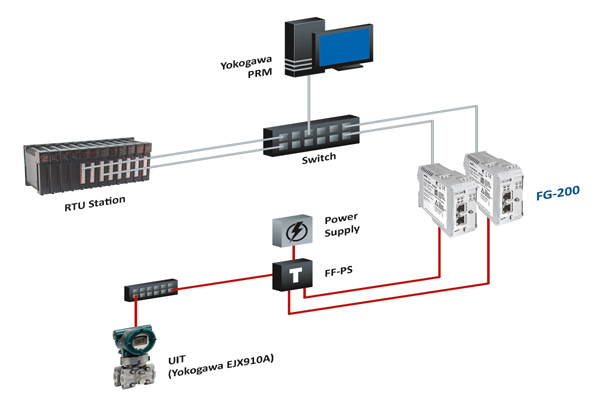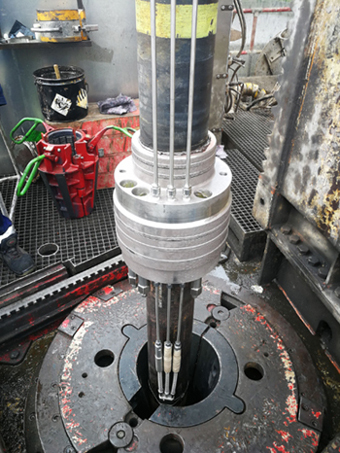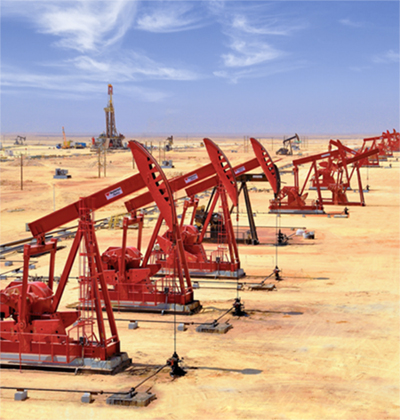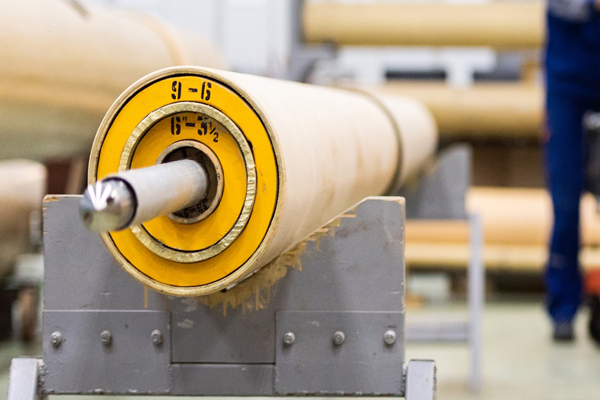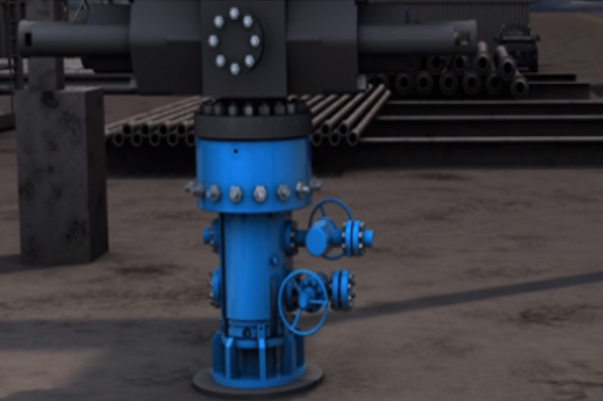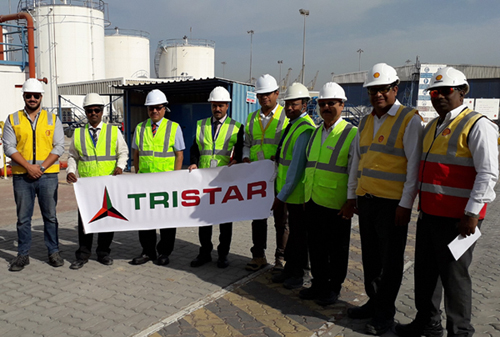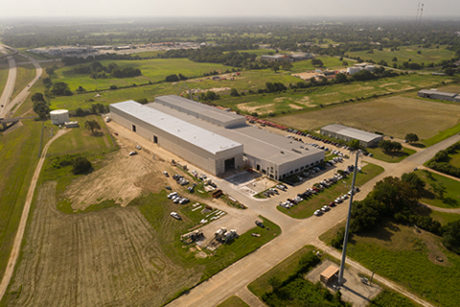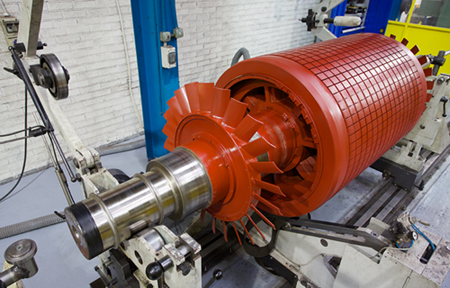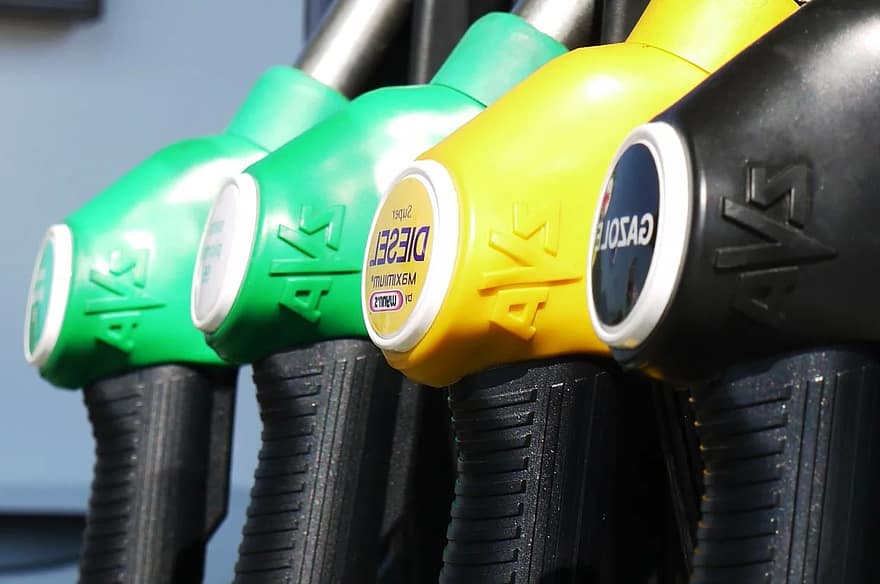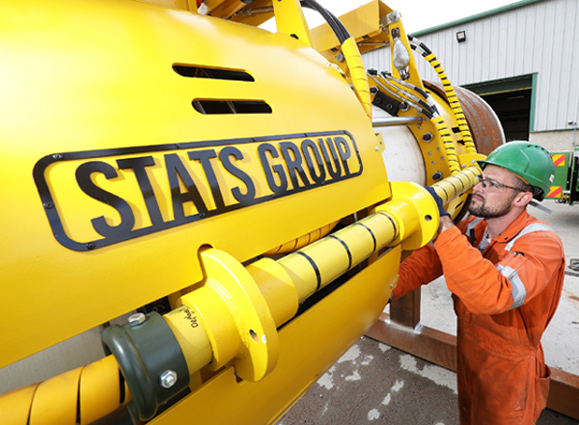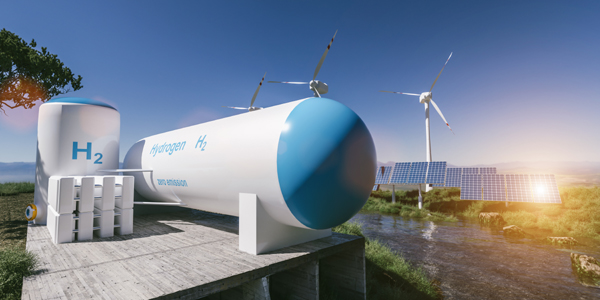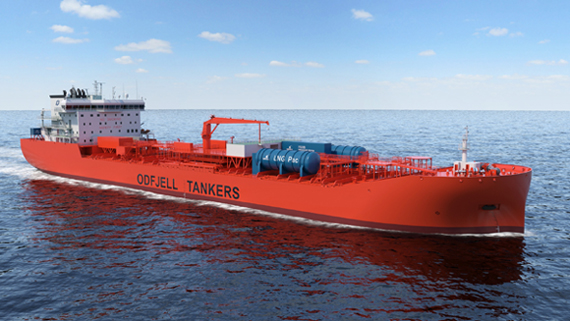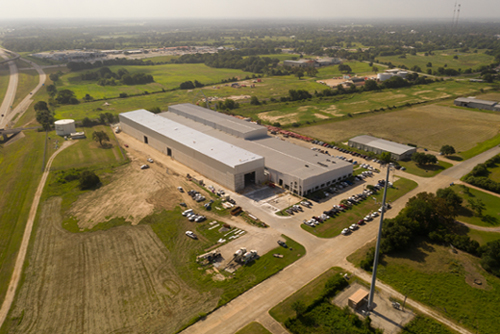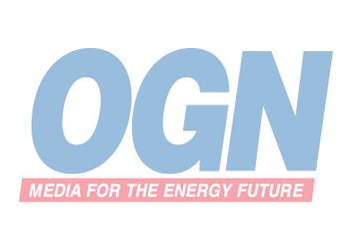
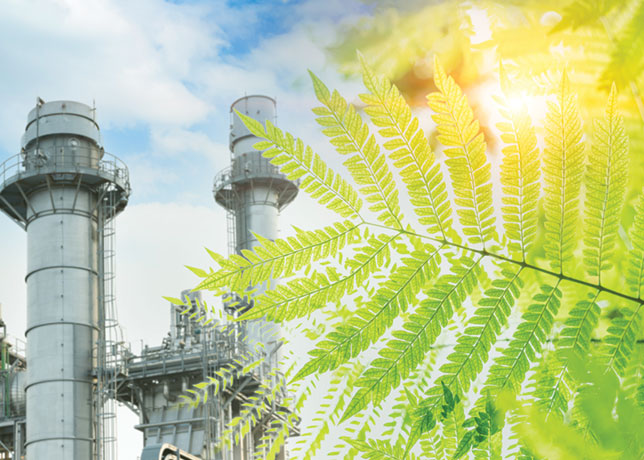 A clear parth toward net-zero includes ensuring the commercial viability of energy projects
A clear parth toward net-zero includes ensuring the commercial viability of energy projects
Industry leaders warn against unstable policy, weak investment
Energy industry confidence in reaching global net-zero targets is fading as policy instability, financial uncertainty and slow project approvals continue to hinder progress, according to Net Zero Jeopardy Report II by the Energy Industries Council’s (EIC), the world-leading trade association for the energy supply chain industry.
Only 16 per cent of senior energy executives interviewed now believe the world can achieve net-zero by 2050, down from 45 per cent last year. The report, based on interviews with EIC member companies mostly based in the UK, points to growing concerns over the lack of clear regulatory frameworks, underinvestment in clean technologies and delays in bringing projects to the final investment decision (FID) stage.
"The energy industry is facing real challenges in turning pledges into projects," says Stuart Broadley, EIC CEO. "Business leaders are not seeing the level of policy certainty or investment required to deliver net-zero ambitions."
Confidence in interim net-zero targets is even lower. Only 14 per cent of respondents believe their country will meet 2030 climate goals, down from 16 per cent in last year’s report. Globally, 5 per cent believe interim targets will be met, compared to 11 per cent a year ago.
"Industry leaders are not merely expressing frustration, they are passionately warning about fundamental barriers, including unstable policy, weak investment appetite, and slow project approvals. And these barriers, if left without tackling, will no doubt derail the energy transition," says Mahmoud Habboush, author of the Net Zero Jeopardy II report.
He adds: "For many, one clear path toward net zero is ensuring that energy projects are commercially viable. For that to happen, work needs to be done on the demand side, including facilitating a regulatory environment conducive to creating demand. This will make banks less apprehensive, and more capital will flow."
The offshore wind sector highlights the challenges in scaling up clean energy. Current installations in the UK and Europe are largely a result of investment decisions made a decade ago, which raises serious concerns over whether future targets will be met.
The slow pace of new projects moving from planning to construction is linked to lengthy permitting processes, grid access constraints and an uncertain investment climate.
A key issue is financing. Investors remain cautious about backing new clean technologies, particularly in sectors such as hydrogen, carbon capture and storage, and grid infrastructure. Executives say that while the private sector is willing to invest, the absence of long-term, stable policies creates financial risk.
The report points out that rates for clean energy projects remain very low. Despite ambitious targets, only 10 per cent of offshore wind projects and 9 per cent of hydrogen projects have reached FID, compared to 21 per cent for upstream oil and gas.
Executives also raised concerns about supply chain vulnerabilities, particularly in clean technology manufacturing and logistics. The report notes that many components for renewable energy projects are sourced from China, which increases reliance on a single market.








